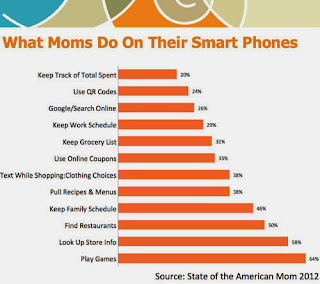Sweden just got its own font! The typeface Sweden Sans was created by the advertising agency Söderhavet, along with Stefan Hatt Bach, as part of efforts to create a common visual identity abroad. The typeface is a pure sans serif with some details that make the font unique.
The font is to be used for official purposes to represent Sweden abroad. It is also to be used in official statements and gathering at home in Sweden, as well as in Sweden's official website launched in early November. Söderhavet was recently interview for Swedish online magazine Cap & Design.
"We wanted to make your own font when it comes to Sweden's visual identity, and to avoid the rights and ownerships of others, and partly because many countries have long worked with custom fonts and been strong in the market, and we have not been there in Sweden yet" says Jesper Robinell , design director at Söderhavet.
"Scandinavia 's known for its simple design when it comes to, for example furniture, and we took inspiration from that." Stefan fills in.
The font is to be used for official purposes to represent Sweden abroad. It is also to be used in official statements and gathering at home in Sweden, as well as in Sweden's official website launched in early November. Söderhavet was recently interview for Swedish online magazine Cap & Design.
"We wanted to make your own font when it comes to Sweden's visual identity, and to avoid the rights and ownerships of others, and partly because many countries have long worked with custom fonts and been strong in the market, and we have not been there in Sweden yet" says Jesper Robinell , design director at Söderhavet.
"Scandinavia 's known for its simple design when it comes to, for example furniture, and we took inspiration from that." Stefan fills in.
During the creation of the font there was much discussion about the specifics of the work. Stefan and Jesper had long email conversations about the font shape, such as discussed lowercase r, but after emailing back and forth the r was cut short with each email, and consequently changed.














